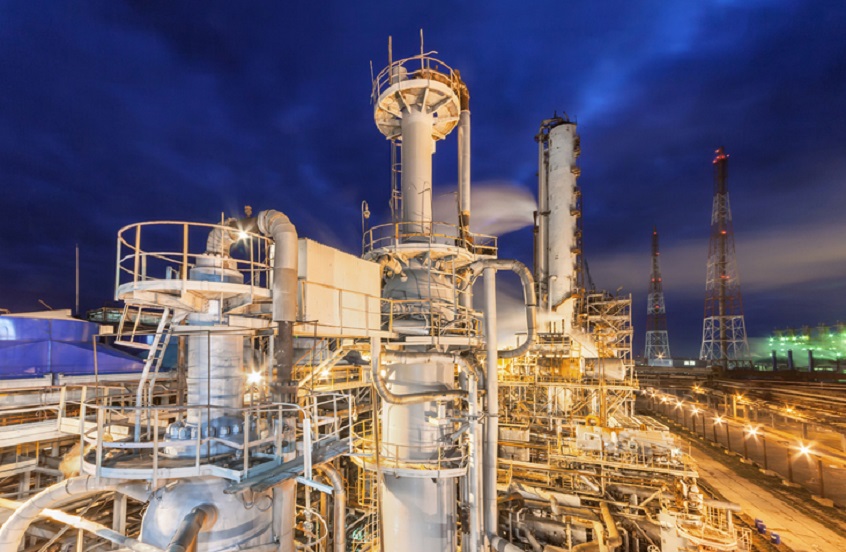The catalyst research example discussed here is “The Haber Process,” which creates Ammonia on an industrial scale for use in fertilizers. The "Haber Process" converts Nitrogen and Hydrogen into Ammonia using a metal catalyst under high temperatures and pressures. Catalyst research is always evolving as better catalysts are found. The "Haber Process" initially used osmium as the catalyst. Currently, the catalyst is iron-based.

Catalyst research takes place in a pilot plant. A pilot plant reduces the technical and commercial risk associated with large process plants by providing valuable preliminary scientific data about reactions, material properties, process yields and more. It enables experiments that monitor all parameters, including pressure, temperature, flow rate, and reaction time. The objective is to continually improve the yield of the processes or develop new processes with higher yields.
Application Requirements
The typical "Haber Process" will begin with two
Brooks Instrument thermal mass flow controllers (MFCs). One mass flow controller will feed the Nitrogen into the stream, and the other will feed the Hydrogen into the stream. The N
2 to H
2 ratio is 1:3.. The process stream is fed into a compressor and then into a heater. The typical pressure and temperate for the reaction is 1450 psi and 750 to 930℉.
Instrument Highlights
- Accurate and repeatable gas flow using mass flow controllers to ensure the precise gas ratio
- Long-term sensor stability or continued accuracy over time via EtherNet/IP or PROFINET digital communication protocols
- Available agency approvals include UL, ATEX, IECEx, KOSHA, FM and CSA
Process Solution
Two SLA Series mass flow controllers from Brooks Instrument accurately measure the critical gas feed to enable the reaction. As the process moves through the catalyst beds it exists the reactor as a gas. The gas then passes through a heat exchanger and then into a condenser through a heat exchanger and into the condenser. Once in the refrigerated unit the Ammonia is in a liquid state. Exiting the refrigerated unit the Ammonia can be measured and controlled by a Brooks Instrument Coriolis flow meter.
Depending on the environment in which the instrumentation is operating in, agency approvals include - UL, ATEX, IECEx, KOSHA, FM and CSA. In addition, EtherNet/IP or PROFINET digital communication protocols are available for a more intelligent process.
Through the use of the SLA mass flow controller and Coriolis flow controller with digital communication protocols, companies will expect faster, more energy-efficient chemical reactions as well as better control over the reaction to increase the desired product and reduce the amount of unnecessary byproducts.